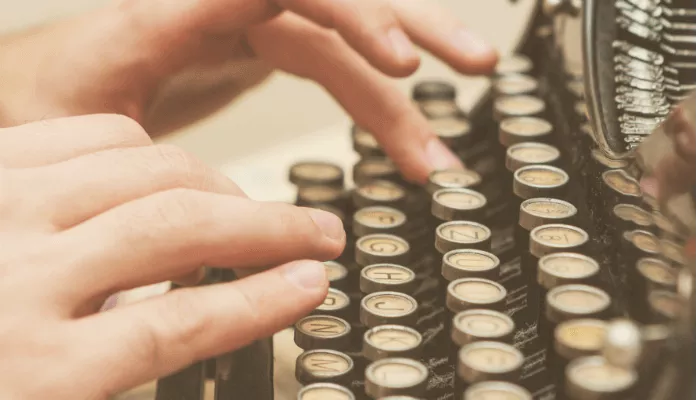When you’re writing a title, you’re confronted with a shocking number of formatting options. How you decide to handle capitalization is up to you; it’s a style choice. But all the major style guides make recommendations. Here are some of the major styles I’ve seen:
- 1. Capitalize every word of the headline. Maybe the simplest possible style is to just capitalize every single word, and that’s what Buzzfeed does.
2. Capitalize the headline like a sentence. Another really simple style is often called “sentence style” because it’s how you write sentences. Only capitalize the first letter of the first word in the title or headline and words that would normally be capitalized in a sentence, such as someone’s name. (This is the style currently used by the Associated Press, so it’s what you’ll see on most news sites.)
3. Capitalize the major words. Moving on to a more complicated style for titles, the Chicago Manual of Style recommends, capitalizing the first word of the title, the last word of the title, and all nouns, pronouns, verbs, adverbs, adjectives, subordinating conjunctions, and a few other conjunctions. Prepositions are only capitalized if they are used adjectivally or adverbially. For example, you’d capitalize the word “up” in a title that read “Squiggly Looked Up a Word” but not in a title that read “Squiggly Walked up the Mountain.” And the style says to keep the word “to” — T-O — lowercase when it’s part of an infinitive, as in “to Boldly Go.” And if you really want to use this style and follow it exactly, you should read the whole entry in Chicago because there are more ticky-tacky little details.
Be consistent
No matter which style you choose, the most important thing about title capitalization is to be consistent throughout your document or across your publications or website. And be realistic when choosing a style. For example, if you hire a lot of freelance writers or editors who are going to be writing their own headlines or subheads, it’s probably better to choose a simpler style that will be easy for everyone to follow.
Don’t oversimplify
On the other hand, I do believe you can take simplification too far. For example, I’ve seen people use what I consider overly simplified styles such as capitalizing every letter of every word or keeping everything lowercase, even words that would normally be capitalized such as names. The Yahoo! Style Guide specifically recommends against these two styles. For example, they note that all caps can be difficult to read and some people equate all caps online with shouting.
And all lowercase is an incredibly informal style. It’s obviously common in social media posts, especially with younger people, so it could work on some super trendy sites, but I can’t see it being a good choice for most publications.
There’s nothing special about the verb ‘is’
One mistake I see people make a lot with headlines is treating forms of the verb “to be” as special, maybe because they are so short. In styles except sentence style, verbs are capitalized, and there’s nothing special about the verbs “is” and “was.” So if you’re capitalizing your verbs, you capitalize “is” and “was.”
Rewrite to avoid starting a sentence with a lowercase name
One common question is how to handle headlines or titles that begin with a company name or product name that starts with a lowercase letter, such as “iPhone” or “eBay,” since every major headline style says you should capitalize the first letter of the headline. If you can, rewrite it so the word that needs a lowercase letter at the beginning is in the middle of the headline or title, and then write it as the companies want you to—in camel case, with a lowercase letter at the beginning and a capital letter in the middle.
If you can’t avoid having an iPhone- or eBay-type word at the beginning of your title, it’s up to you whether you keep the first letter lowercase. The Associated Press recommends capitalizing the first letter of the word in such cases, so you’d have both the I and the P capitalized in “iPhone” at the beginning of a headline (e.g., IPhone found on the moon).
Chicago, however, recommends just starting the title with the lowercase letter at the beginning of the product or company name (e.g., iPhone Found on the Moon).
Pick a style for the second half of hyphenated words
Another common question is whether to capitalize the second part of a hyphenated word in a headline. Again, there are multiple styles. You just need to decide on one and be consistent. The style I use is that if I would capitalize the second part if it were a separate word in the title, then I capitalize it when it comes after a hyphen, which is essentially AP style.
Make a decision and stick with it
As you can see, there are a lot of decisions to make about headline and title styles. If your boss, editor, or teacher has a preferred style, you should use that; but if you are the master of your own universe, for example, an independent blogger, you’re free to choose any method. The important thing is that once you pick your style, stick with it.
This story has been updated from an earlier version posted on June 9, 2011.




